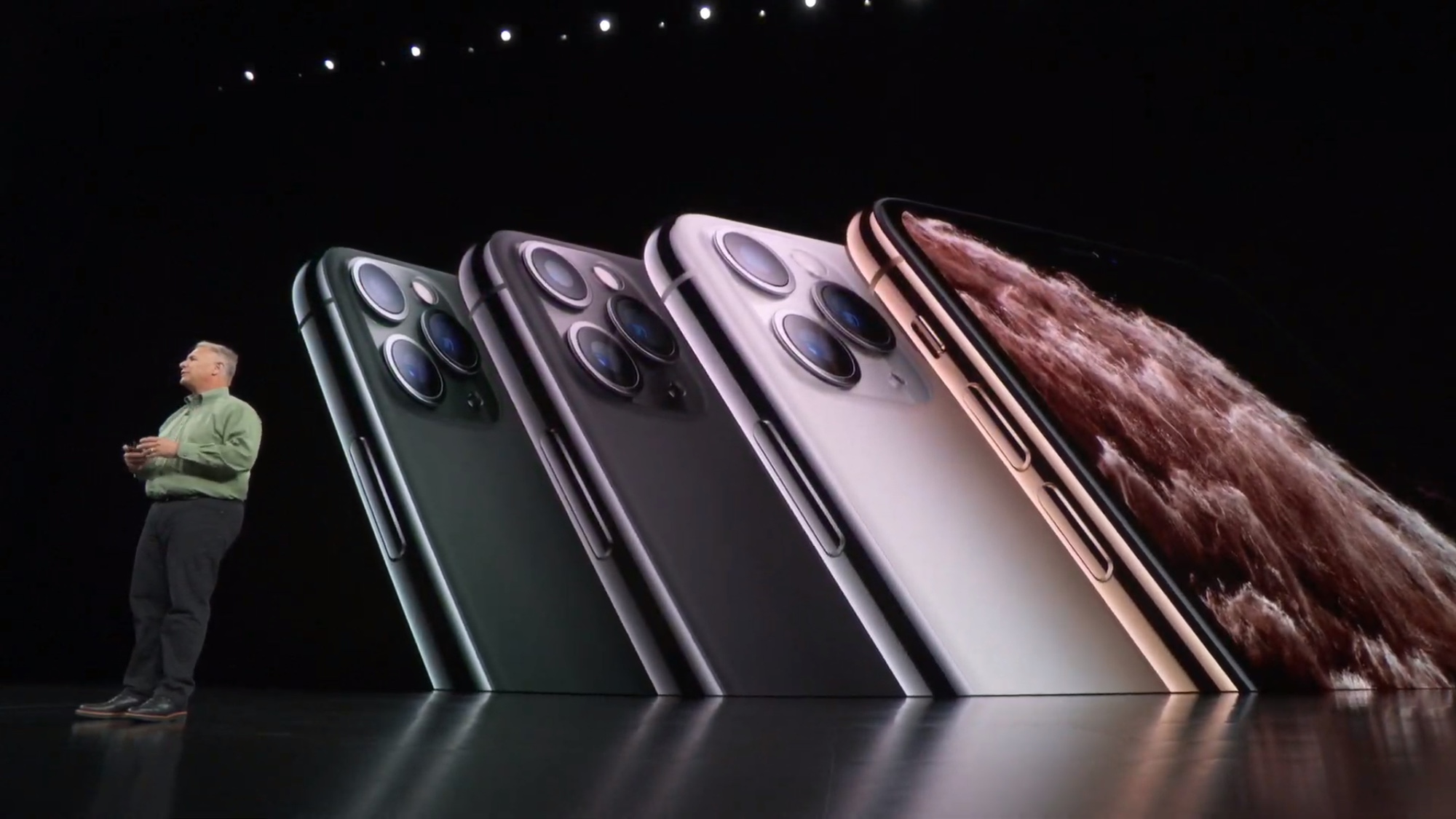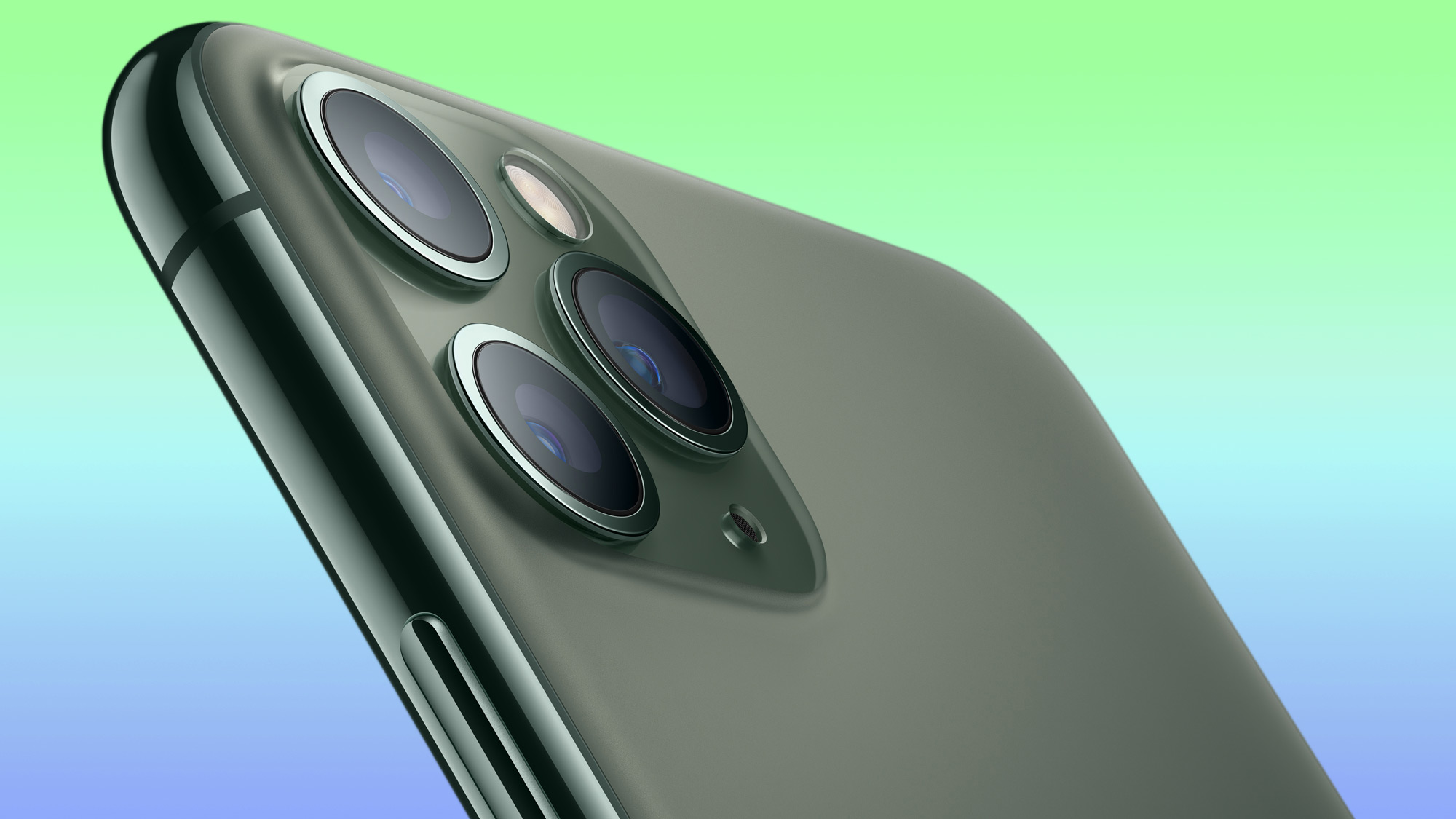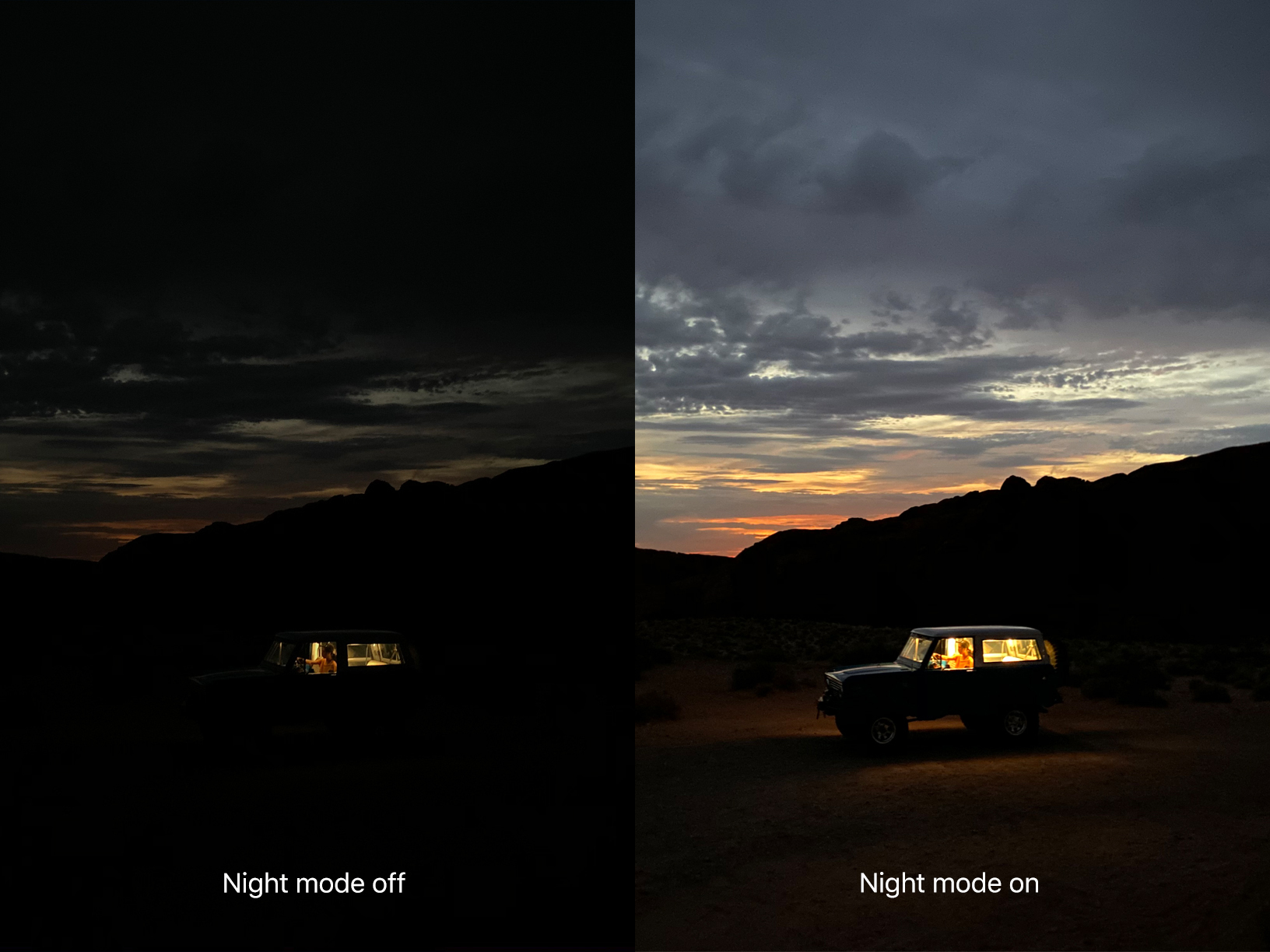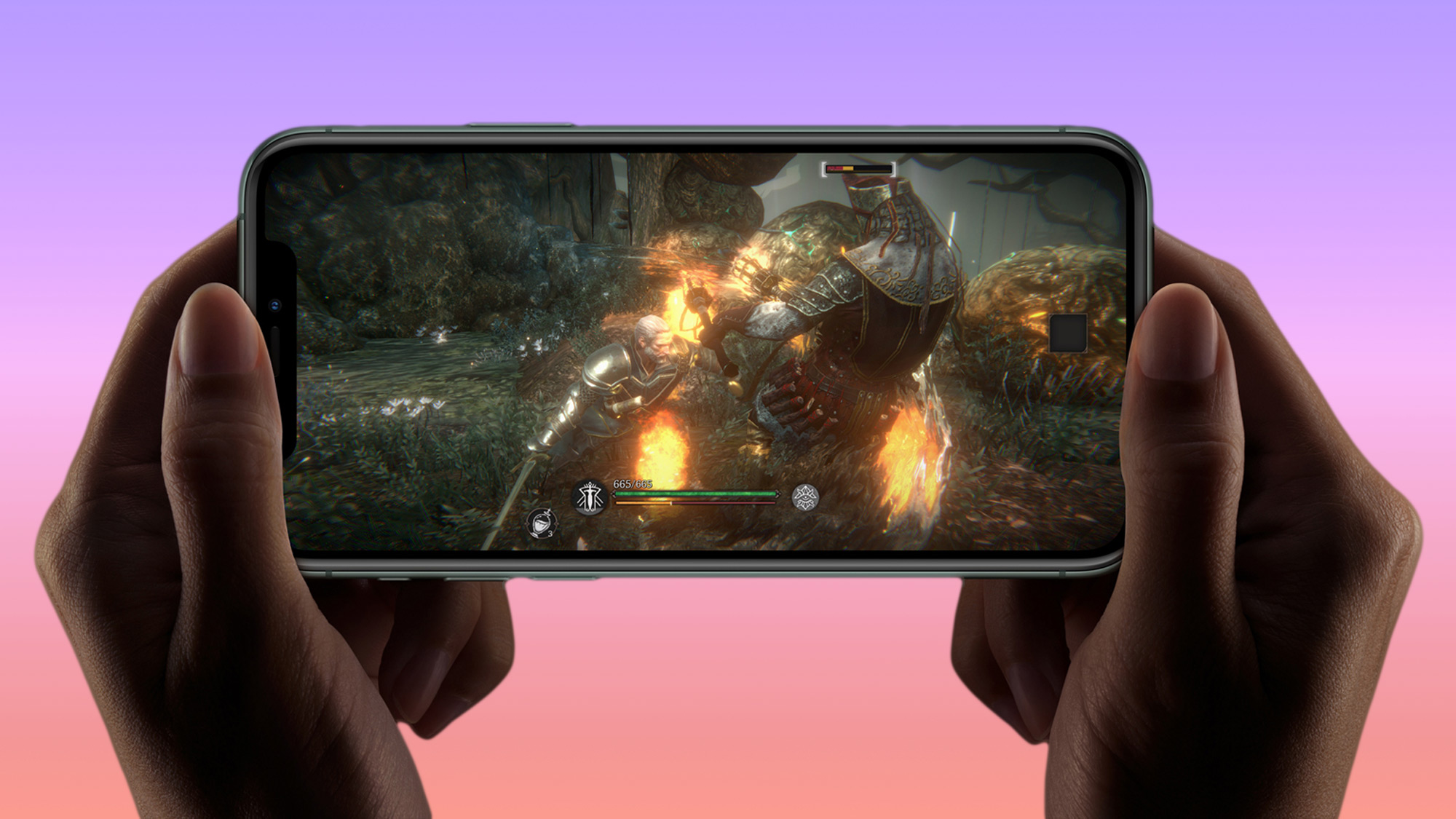iPhone 11 Pro vs. iPhone XS: Here’s What’s New
Comparing the new metal against last year's flagships

The iPhone XS and XS Max are officially obsolete; the iPhone 11 Pro and 11 Pro Max are their replacements. And while Apple’s new handsets are certainly a mouthful to say out loud, they look almost identical to their predecessors from almost every outside angle.
The difference, of course, is inside — as it is with most new iPhones. All of Apple’s 2019 handsets tout Cupertino’s new A13 Bionic chipset, improved Face ID authentication and new 120-degree ultrawide cameras. But it’s the 11 Pro series that adds Super Retina XDR OLED displays, telephoto lenses and significantly longer-lasting batteries.
Whether you’re an iPhone XS owner on the fence about upgrading, or you have an older device and are considering going with last year’s flagship iPhone to save some cash, here’s how the iPhone 11 Pro compares.
Design

Apple has kept the iPhone 11 Pro’s size, shape and general proportions consistent with the iPhone XS generation. That means you’re looking at a 5.8-inch display in the regular model, and a 6.5-inch panel in the larger iPhone 11 Pro Max.
From the front, the iPhone 11 Pro doesn’t deviate from the design Apple established with the iPhone X in 2017. The screen is set within heavily rounded corners that trail the handset’s footprint, and the notch is still here to stay.
The physical differences pertain more to the materials and colors Apple has employed across the iPhone 11 range — and, of course, the revised rear camera stack. Apple’s packaged all three lenses in a rounded rectangle, not terribly dissimilar from the silhouette of an iOS app. Eyesore or not, it’s definitely the most prominent difference separating this year’s roster of iPhones from last year’s.
iPhone 11 Pro buyers will have their choice of four colors: Space Gray, Silver, Gold and the all-new Midnight Green. The latter is a refreshing addition to the repertoire, and it’s nice to see Apple’s priciest phones enjoying some of the bolder color treatments typically reserved for cheaper devices like the iPhone XR. No matter which flavor you choose, you’ll get strengthened, matte-effect glass on the rear and a surgical-grade stainless steel frame, which Apple says has made the iPhone 11 Pro the most durable handset it’s ever built.
Display

Apple has engineered the new OLED displays in the iPhone 11 Pro and Pro Max to utilize the same technology found in its $4999 Pro Display XDR desktop monitor. As such, Apple claims that both the 5.8-inch and 6.5-inch models sport a peak 800 nits of brightness in sunlight, and up to 1,200 nits when viewing extreme dynamic range content.
In terms of resolution, the iPhone 11 Pro and Pro Max’s screen density of 458 pixels-per-inch is unchanged from that of the iPhone XS and XS Max. However, there’s one display feature that the new devices lack — 3D Touch. Apple made good on the rumors and nixed the pressure-sensitive displays from its previous phones, opting instead for Haptic Touch shortcuts across the iPhone 11 series.
Camera and video

Easily the greatest strides Apple has made with the iPhone 11 Pro pertain to photography. You’re getting three lenses on the back of the new models, all with 12-megapixel sensors. The main sensor incorporates an ƒ/1.8 aperture and the ultrawide camera is rated at a smaller ƒ/2.4, while the telephoto — capable of 2x optical zoom — features ƒ/2.0 optics.
But the software behind the new cameras is just as critical as the hardware. Apple’s new Night Mode can capture phenomenal images in low light, catching up to Google and Huawei’s handsets with similar features. And Smart HDR, coupled with the iPhone 11 Pro’s new Deep Fusion algorithms, take a grand total of nine images, eight of which it snaps before you even trigger the shutter. The powerful A13 Bionic processor then pores through each and every one of them, pulling the most properly exposed pixels in each image for a thoroughly optimized shot.
Video sees renewed focus on the iPhone 11 Pro. You can capture 4K video at 60 frames per second through all three lenses, and the phone is designed to seamlessly switch between them at a user's command. As you’re recording through one lens, the iPhone 11 Pro is priming the other two, modifying the exposure parameters. That ensures that they’re ready, should you opt for an ultrawide or zoomed shot at a moment’s notice.
The dual 12-MP camera systems in the iPhone XS and XS Max can’t achieve any of these shooting effects as far as we know, unless Apple plans to bring some of these computational photography tricks to its older models in the form of a firmware update. That said, the XS series can still capture 2x optical zoom shots and portraits thanks to its telephoto lens.
Performance

The new 7-nanometer, six-core A13 Bionic processor combines the fastest CPU and GPU ever built into a smartphone, according to Apple. The chipset’s four low-power efficiency and two performance cores are all 20% faster than those in the iPhone XS’ A12 Bionic silicon, but consume less power. A graph Apple displayed at its launch event showed peak CPU speeds roughly 33% faster than the Snapdragon 855 chip featured in most high-end Android handsets, like the Galaxy S10.
The A13 Bionic also packs Apple’s third-generation Neural Engine, built to tackle tasks like image processing, Face ID authentication and augmented reality apps.
In our testing, the A13 outperformed every other flagship phone around. On the Geekbench 5 test of overall system performance, the 11 Pro Max notched a 3,517 multi-core score and the 11 Pro clocked in at 3,509. By comparison, the iPhone XS Max scored 2,773, and the Galaxy Note 10 Plus came in at 2,691.
Battery and charging
The iPhone 11 Pro will last 4 hours longer each day than the iPhone XS, while the 11 Pro Max boasts 5 hours more life than the XS Max, based on Apple’s estimates.
In our testing, The 11 Pro Max lasted 11 hours and 44 minutes, almost an hour longer than the XS Max (10:38). The smaller 11 Pro (10:23) also lasted longer than its predecessor, the iPhone XS (9:41).
While we don’t have information on the phones’ exact capacities, both support faster 18-watt charging out of the box, using an included adapter. Apple says the stock brick will get both phones to 50% battery life within 30 minutes, which is significantly faster than the incredibly slow chargers sold with Apple’s older phones (as well as the $699 iPhone 11). In our testing, that proved true.
The new phones also support wireless charging, like the older models.
Software and special features
Every new iPhone 11 ships with iOS 13 onboard, touting new features like Dark Mode, a redesigned Photos app and more. Of course the iPhone XS and XS Max will receive that update, too.
All of Apple’s 2019 iPhones boast spatial audio with Dolby Atmos support built in, which should deliver a more immersive experience when watching movies and TV on the small screen.
The iPhone 11 Pro sports IP68 water resistance, at a maximum depth up to 2 meters, or 6.5 feet, for 30 minutes. That’s actually a little better than most IP68-rated devices, which can withstand only 1.5 meters of water.
Annoyingly, Apple ships the base $999 and $1,099 configurations of the iPhone 11 and 11 Pro with a scant 64GB of storage, which is the same amount that the iPhone XS and XS Max came with. Buyers can spend an extra $150 to upgrade to 256GB — something you’ll have to do if you plan on snapping a lot of photos and videos with those marvelous new cameras.
Outlook
Apple is discontinuing the iPhone XS and XS Max, but the iPhone XR remains on sale. The 11 Pro and 11 Pro Max are worthy upgrades from older iPhones, but if you own last year's models, the improvements are incremental: better cameras, faster performance and longer battery life, just as we've come to expect from Apple each year.
If you're rocking one of Apple’s 2018 handsets, don't feel like you need to spend another $1,000 for the latest — even if it is the greatest.
Sign up to get the BEST of Tom's Guide direct to your inbox.
Get instant access to breaking news, the hottest reviews, great deals and helpful tips.
Adam Ismail is a staff writer at Jalopnik and previously worked on Tom's Guide covering smartphones, car tech and gaming. His love for all things mobile began with the original Motorola Droid; since then he’s owned a variety of Android and iOS-powered handsets, refusing to stay loyal to one platform. His work has also appeared on Digital Trends and GTPlanet. When he’s not fiddling with the latest devices, he’s at an indie pop show, recording a podcast or playing Sega Dreamcast.
